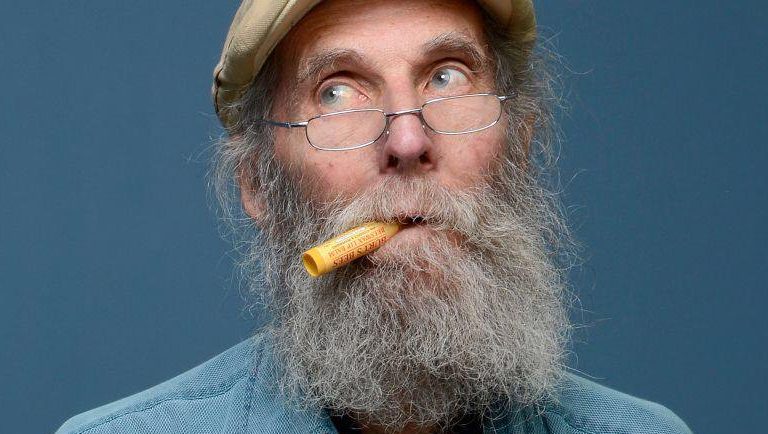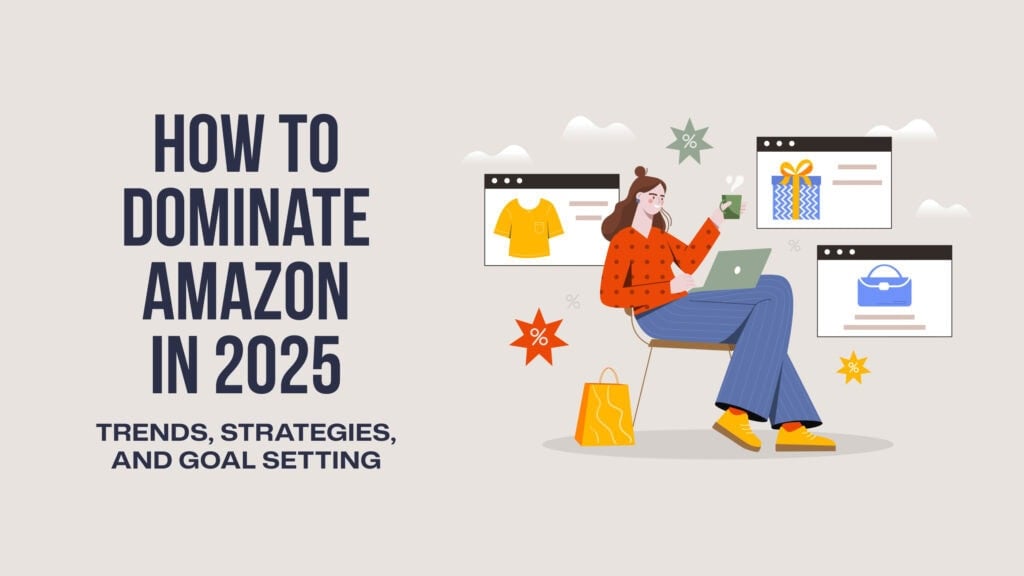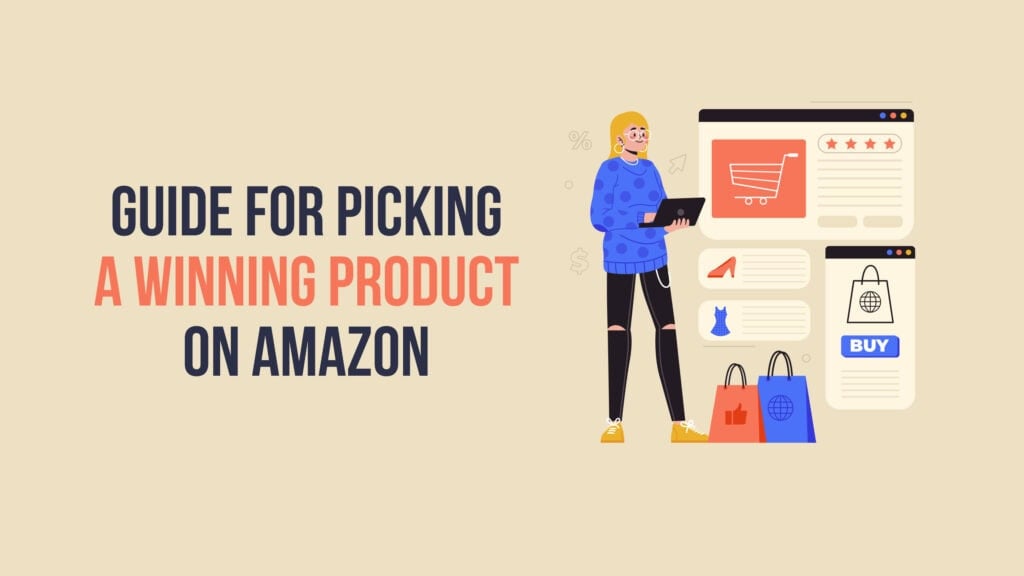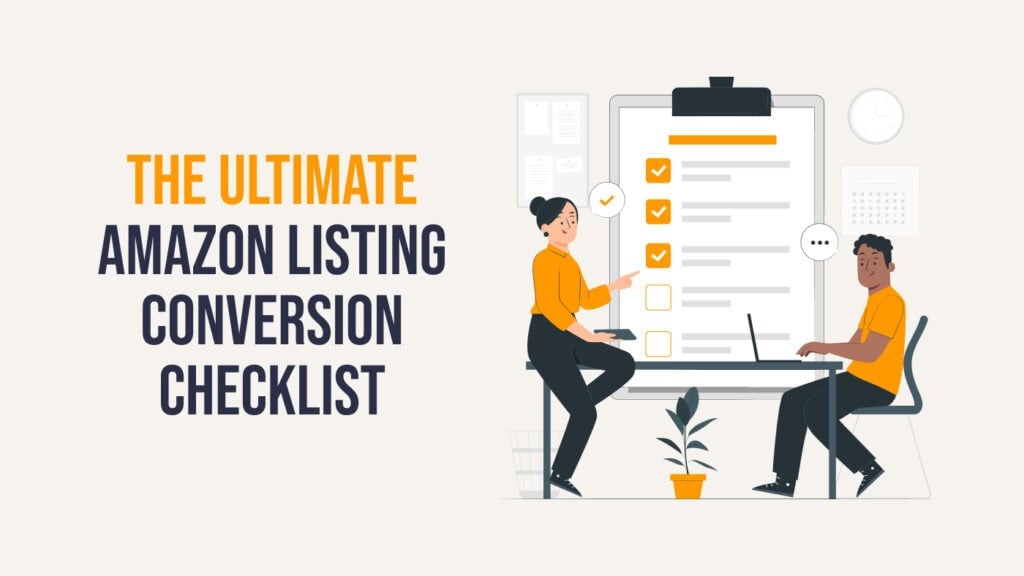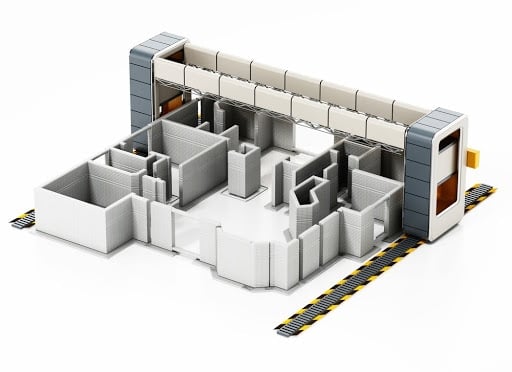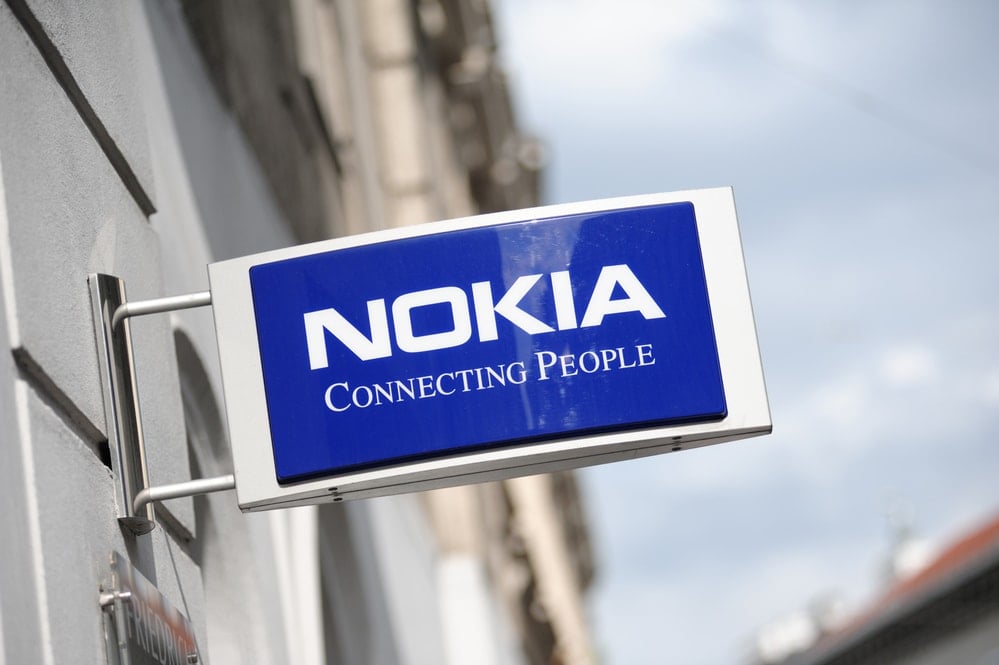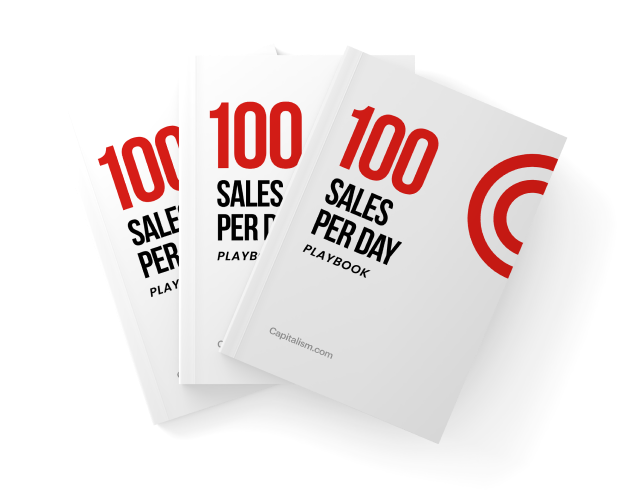Is it possible for a backyard bee operation to become a nine-figure brand that can change the world?
Burt Shavitz, co-founder of Burt's Bees, did just that. In 1984, Burt was living in the back of a turkey coop when he met Roxanne Quimby. They quickly became partners, using the extra beeswax from Burt's honey business to create a new product: Burt's Bees lip balm.
They made $200 dollars at a junior high school craft fair.
By the end of their first year, their sales had grown to $20,000. That helped them to rent an abandoned one-room schoolhouse for $150 a year.
How did Burt's Bees become a nine-figure brand?
Burt and Roxanne married, built up their product lines and slowly began to grow their business. They divorced shortly afterwards. But they had something bigger than their marriage to keep them together.
Burt's Bees was in demand. Customers loved their products. Their lip balm products were customer favorites. They loved their story and the fact that Burt's Bees was all natural and focused on the environment.
Burt and Roxanne both knew they were on to something special. So they continued to work together, growing the business with new product lines, continuing their focus on minimizing environmental impact and sustainability, staying true to their all-natural roots.
Burt's Bees pursued customers with the same values
Burt's Bees focused on their values from the very beginning. Their website states:
"Burt's Bees is an 'Earth Friendly, Natural Personal Care Company.' We create natural, Earth-friendly personal care products formulated to help you maximize your well-being and that of the world around you."
Keep reading and you'll see phrases like:
They know identity is an essential part of branding
The Burt's Bees brand is focused on creating natural products that are great for the environment and their customers. But, do they practice what they preach?
Absolutely.
Your brand's identity signifies the shelf space you own in a customer's mind. If a customer is focused on all natural lip balm, Burt's Bees springs to mind. It should be the same for your brand.
How your brand can be more like Burt's Bees
Sure, creating a strong brand means you're able to own a specific part of the market. But, it's really about the relationship, the idea you represent in your customer's heart and mind.
Customers expect you to live out your values, to embody your ideas and what you stand for, in everything you do. This may sound like touch-y feel-y nonsense. It's actually the opposite.
This is how Burt's Bees built a nine-figure brand.
Anyone else could have turned beeswax into candles and lip balm. They didn't have a secret recipe. They had no unique process or innovative techniques.
Anyone could have sold their product or service. In fact, some products are reported to be better.
But, they're not Burt's Bees.
Embody the beliefs your brand represents
The co-founders of Burt's Bees had belief. They mixed their values and beliefs into every part of the business. This made their co-founders eccentric, peculiar even.
Quimby lived in a cabin out in the middle of the woods. She washed her kids' diapers in water heated on her stove.
Shavitz lived in the back of a turkey coop. He sold honey from his van, living simply.
Both co-founders led lifestyles that minimize harm to the environment. Extreme to some, but they embody their beliefs. And that level of commitment is valuable.
Clorox acquired Burt's Bees for $913 million, solidifying it as a nine-figure brand. Clorox understood the value of belief.
Customers reputedly told Clorox that they cared about health, wellness and the environment. They felt Clorox should too. The company listened. They wanted to make their entire business more sustainable.
After the acquisition, Clorox turned to Burt's Bees for guidance.
They adopted the Burt's Bees tradition of dumpster diving, removing recyclables and compostable waste. For six years, Clorox worked to fix their bad habits. Slowly but surely, they won customers over and convinced skeptics. The effect on Clorox's reputation was surprising but expected.
This is the superpower of a brand, the power of belief.
Building your own nine-figure brand
It doesn't matter if you have a home or don't, have a degree or business experience. If you have an idea, belief in yourself and the solution your idea provides to a problem that exists, you can build a brand.
If you're looking for a product to sell, we can help you apply the hero's journey to test your idea. To get started, register for our webinar today to learn the four steps our founder and CEO Ryan Daniel Moran uses to build successful brands.
MORE BRAND SUCCESS STORIES ON CAPITALISM.COM:
• How to Form Successful Business Partnerships
• How a Tiny Toothpaste Company Grew to a $100 Million Brand
• How the Ultra Wealthy Invest for Upside By Minimizing Risk
